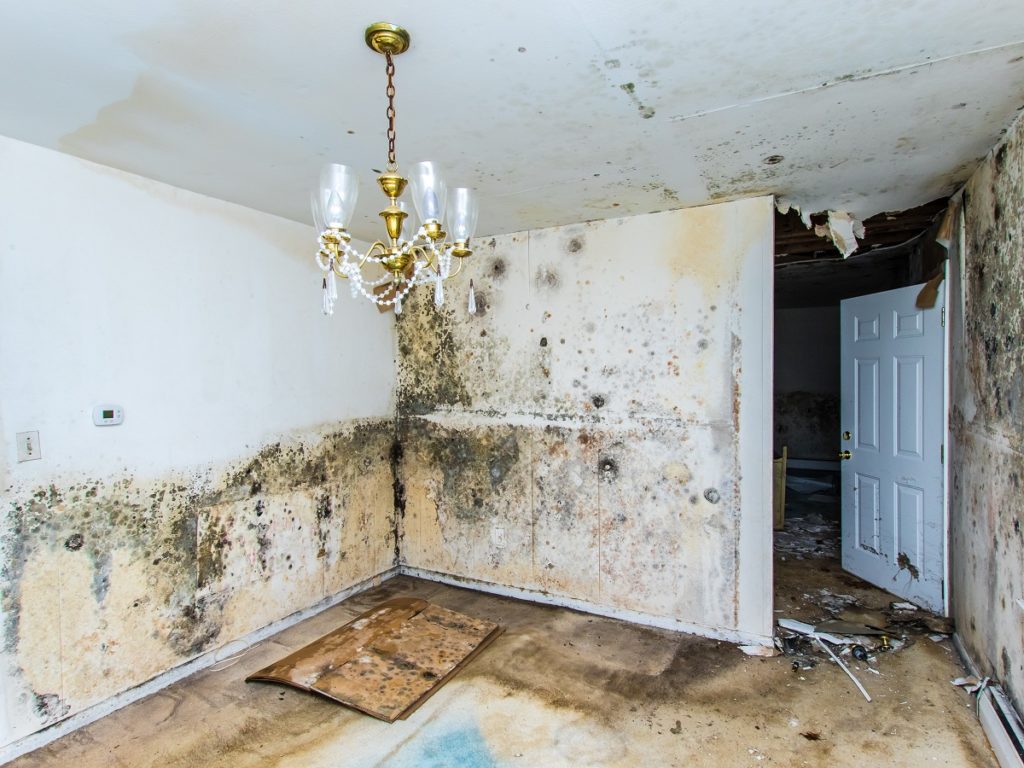Mold growth doesn’t only affect how your house looks, but it can also affect your family’s health. If you have children in your home, you need to make sure that any infestation will be cleared soon. That’s why it’s crucial to learn how to tell if there’s mold infestation harboring brewing inside your house. Most people often see mold in loaves of bread and other pastries. Yet, particular molds can be dangerous to your health.
Some experts say that some mold species can produce a toxic metabolite called mycotoxin. It’s a substance produced by species under the fungus kingdom. When exposed, a person can suffer from headaches, breathing issues. They can also incur permanent damages to their neurological system. Meanwhile, milder complications include sneezing and runny nose. To help you better manage any potential mold growth, here are a few signs that you might have a mold problem inside your house.
Your heating/cooling system smells musty
One sign that your house might have mold growth is a musty odor coming from your heating system or your AC unit. Standalone AC units are prone to mold growth. That’s because its interior parts are often exposed to warm temperatures, especially when no one uses it. Even worse, placing it inside your basement during the winter increases the likelihood of mold infestation. You can prevent it from happening by contacting an AC specialist regularly to check on the unit.
Your eyes often feel stingy
Do your eyes feel stingy and itchy every time you’re at home? Chances are there might be mold growth inside your house. Mold can trigger allergic reactions in some people. A few of its symptoms include coughing, itchy and watery eyes, and even nasal congestion. If you feel like mold is the culprit for your allergic reactions, then it’s advisable to check where the symptoms usually kick in. You can also consult your doctor to perform a skin or blood test to verify your allergy. To prevent mold from spreading, you can ask someone to perform a few home inspections in your area.
Excessively dark tile grouts
 If you notice your bathroom tiles getting darker than usual, then there’s a big chance that its mold. Although this mold is likely harmless, it’s still best to check your bathroom for any signs of leaks or flooding. Chances are you might have a more toxic type of fungus thriving inside your toilet. If that’s the case, you need to get in touch with the experts to help you get rid of it. They can also send a few samples back to the lab to make sure that you’re safe.
If you notice your bathroom tiles getting darker than usual, then there’s a big chance that its mold. Although this mold is likely harmless, it’s still best to check your bathroom for any signs of leaks or flooding. Chances are you might have a more toxic type of fungus thriving inside your toilet. If that’s the case, you need to get in touch with the experts to help you get rid of it. They can also send a few samples back to the lab to make sure that you’re safe.
Peeling wallpaper
While it’s only average for wallpapers to deteriorate over time, unusual peeling or scruffiness like bubbling can be a sign that there’s an excessive moisture level in your walls. Keep in mind that mold thrives in areas with a lot of moisture. So, ensure that you pay attention to these areas, especially if the wallpapers look damp.
If you feel like your home has a mold infestation, remember to ask a professional to manage it for you. Never attempt to get rid of it on your own to reduce any chances of exposure. It’s always best to focus on your health above anything else.

